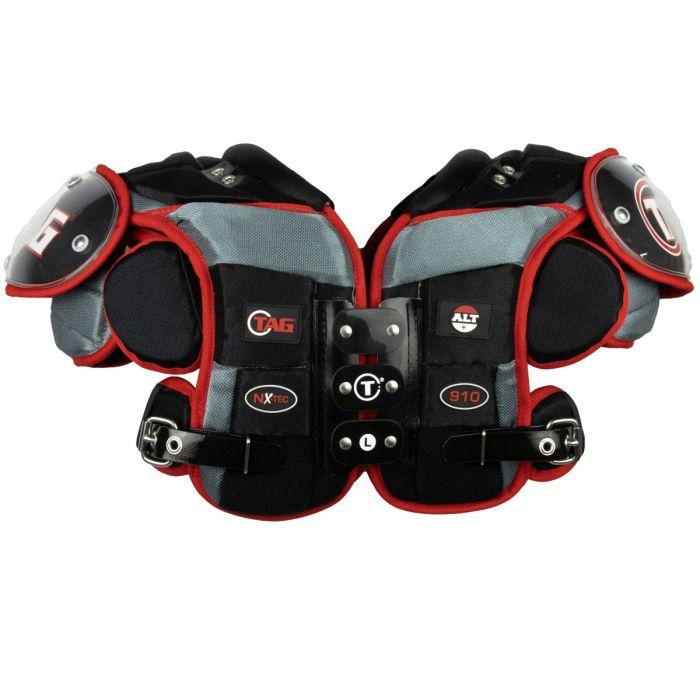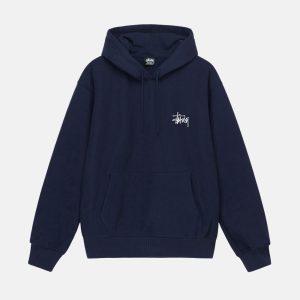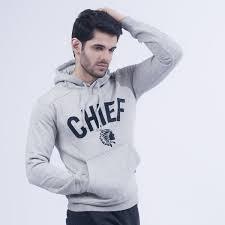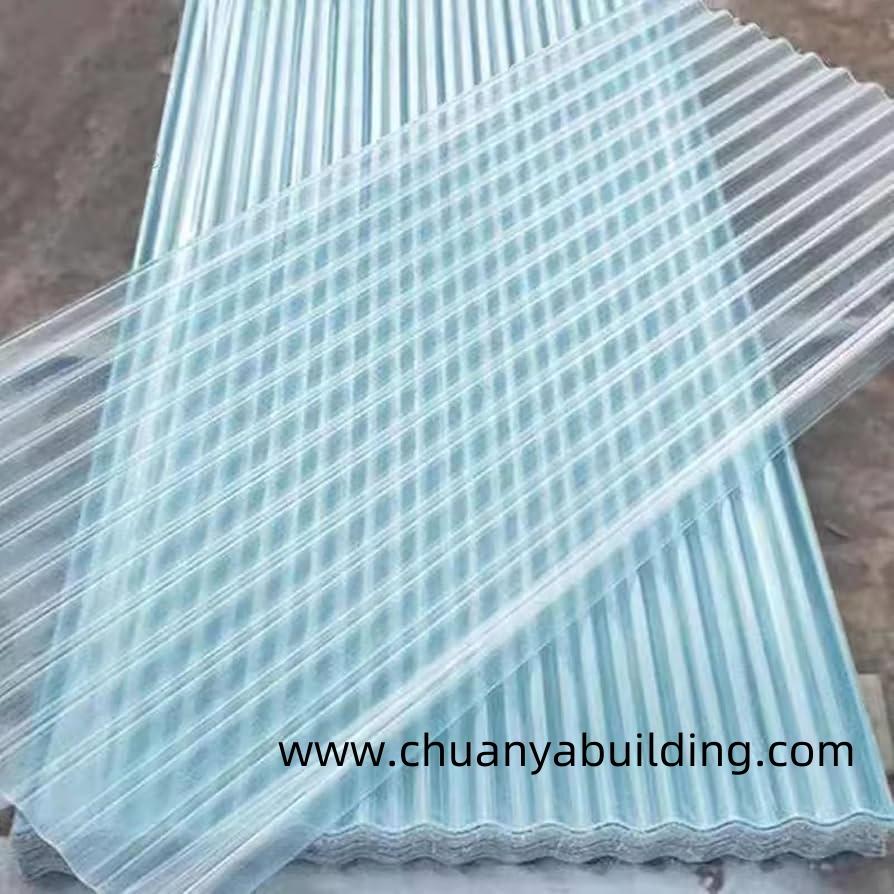Quarterback Shoulder Pads: Balancing Protection, Comfort, and Throwing Power

No team sport has a position as examined and stressful as the quarterback in football. Quarterbacks are tasked with directing the offense, making accurate passes, and deciphering defenses. They require equipment that enhances their specific function. Among the most important of these pieces of equipment are football quarterback shoulder pads, which have been designed to provide protection without inhibition. Unlike pads for linemen and linebackers, these are designed to achieve equilibrium between comfort, durability, and range of motion to maximize throwing power.
Why Quarterbacks Require Specialized Shoulder Pads
Quarterbacks function under special circumstances relative to other field positions:
Throwing mechanics: The act of throwing requires flexibility and range of motion in the shoulder. Confining pads can kill accuracy and speed.
Pocket presence: Although not necessarily hit as frequently as linemen, quarterbacks still experience hard collisions by blitzing defenders.
Leadership and durability: Quarterbacks tend to play longer than other players, so protection gear that is balanced in terms of comfort and protection is crucial to minimize wear and tear.
Therefore, football quarterback shoulder pads are designed to be highly mobile for throwing while still providing consistent impact absorption.
Design Philosophy Behind Football Quarterback Shoulder Pads
1. Low-Profile Build
Quarterbacks require less-bulky, lighter pads. Low-profile pads enable them to move their arms with ease, and under pressure, make accurate throws possible.
2. Strategic Padding
Rather than bulk up the chest and shoulder with excess weight in cushioning, quarterback football pads put protection where it is needed most sternum, shoulders, and top ribs without extra bulk.
3. Increased Range of Motion
Cut-outs in the arch shape and flexible strap systems allow quarterbacks to turn their shoulders completely. This maintains proper throwing mechanics.
4. Lightweight Materials
Shock-absorbing foam and impact-resistant plastic are used by manufacturers to maintain pads' durability while making them light enough to reduce fatigue.
5. Cooling and Comfort
Quarterbacks remain on the field for most of the game. Ventilation channels, ergonomic cuts, and breathable materials ensure football quarterback shoulder pads are comfortable for four quarters of play.
Protection: Guarding the Game's Most Precious Player
Quarterbacks are usually the most valuable players on the field, and the opposing team's defense aggressively targets them. Adequate protection is essential for both safety and team success.
Hit absorption: Thick, high-density foam layers absorb defensive linemen and linebackers' direct hits.
Clavicle and sternum support: These positions are susceptible to injuries due to blindside hits and therefore require hard but light reinforcement.
Durability under pressure: Prolonged collisions over the course of a season demand pads that stay in one piece and don't break down.
The new quarterback football pads strike a balance between protection and mobility, allowing quarterbacks to take hits without compromising their ability to lead drives.
Comfort: Playing Without Distraction
Comfort is not an indulgence, it's a performance imperative. A quarterback who's distracted by uncomfortable equipment is not as likely to have clean mechanics or remain composed under pressure.
Adjustable fit: Adjustable straps and padding allow for a comfortable fit to the individual frame of each athlete.
Less chafing: Ergonomic padding avoids irritation across long games.
Lightweight construction: Keeps quarterbacks performing at top levels across all four quarters.
When fit and comfort come together, quarterbacks are able to read defenses with complete attention and deliver accurate throws.
Throwing Power: Why Mobility Matters
The characteristic function of a quarterback is his throwing style. Shoulder and torso rotation-restricting pads can limit both speed and accuracy.
Arm slot mobility: Low-cut football quarterback shoulder pads enable the arm to travel through its natural path without disruption.
Normal torso rotation: Flexible arch construction enables quarterbacks to produce torque in the hips and shoulders.
Follow-through space: Well-designed pads won't interfere with the completion of a passing motion.
Essentially, the top quarterback football pads give users the maximum mobility to maintain natural throwing technique.
Data and Performance Insights
Sports performance science emphasizes the role of equipment weight in motion and speed. In accordance with biomechanics studies, decreased shoulder load enhances throwing speed and lowers arm fatigue. A 2–3% increase in upper-body range of motion does not seem significant, but in football, it is the difference between a touchdown pass and a deflected ball.
This evidence highlights why football quarterback shoulder pads specialized are important, they provide protection along with unimpeded performance.
Quarterback Football Pads Compared to Other Positions
| Position | Pad Design | Focus | Trade-Offs |
|---|---|---|---|
| Linemen | Heavy, bulky | Maximum protection | Limited mobility |
| Linebackers | Balanced size | Protection & tackling | Moderate throwing motion restriction |
| Wide Receivers/DBs | Lightweight, slim | Speed & agility | Less impact absorption |
| Quarterbacks | Lightweight, flexible | Throwing motion & protection | Requires perfect balance |
This comparison illustrates why quarterbacks can't utilize any pads, they must employ the specialized design of football quarterback shoulder pads in order to perform at the top.
Key Factors to Consider in Quarterback Football Pads
When choosing the top quarterback football pads, players and coaches must consider:
Mobility vs. Protection Balance: Pads must protect but never restrict throwing mechanics.
Durability: Quality materials capable of withstanding a season's hits.
Fit and Adjustability: Keeping pads from shifting during movement.
Ventilation: Keeping the quarterback cool in high-stakes situations.
Weight: Lighter pads increase speed, endurance, and performance.
The History of Football Quarterback Shoulder Pads
From the early days of leather pads to today's high-tech impact-resistance plastics, shoulder pad design has come a long way to provide modern football with what it needs. Quarterbacks today enjoy:
- 3D-molded padding for anatomically correct fit.
- Moisture-wicking materials that keep players dry.
- Impact-force-reducing energy-dispersing foams.
- Adjustable, low-cut models specially designed for passing mechanics.
The history of quarterback football pads testifies to the sport's dedication to performance and safety.
The Future: Intelligent Technology in Shoulder Pads
Football equipment innovation is moving towards incorporating smart technology:
- Hit severity tracking with impact sensors.
- Throwing motion efficiency tracking with performance analytics.
- Personalized fits through custom 3D printing.
These developments will ensure that future football quarterback shoulder pads are even safer, lighter, and more performance-oriented.
Conclusion: The Quarterback's Edge
Quarterbacks require more than talent in the raw sense, they require gear that enhances their capabilities without sacrificing protection. Football quarterback shoulder pads are crucial in finding a balance of three basic requirements: protection, comfort, and power for throwing.
By selecting the proper quarterback football pads, players have the confidence to step into each throw, take shots, and perform at their best. In a sport where milliseconds and inches determine winners and losers, proper shoulder pads are not an option, they're a must.








